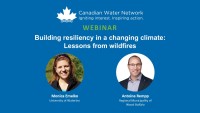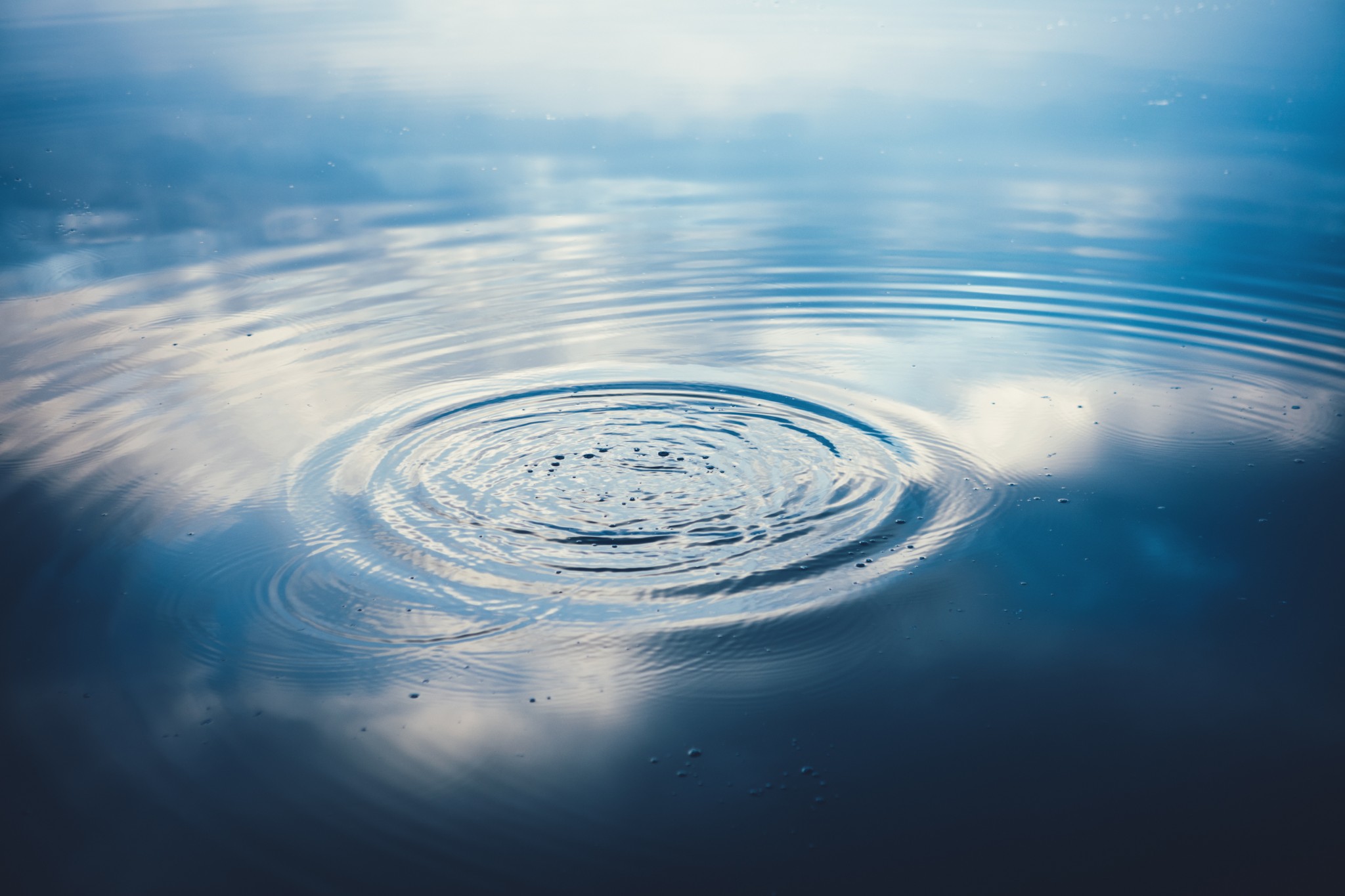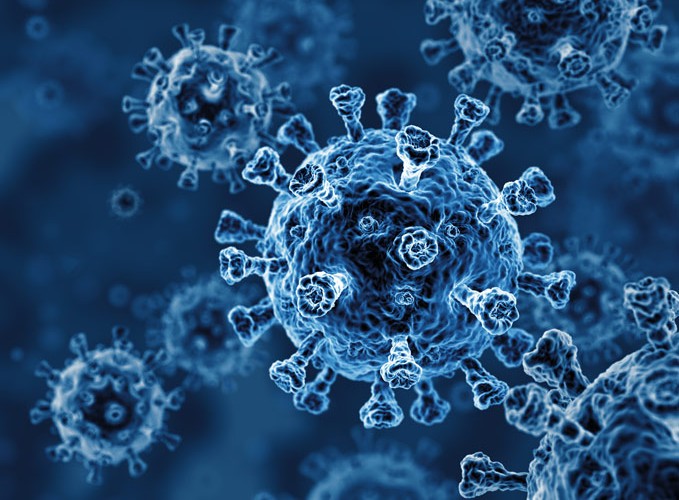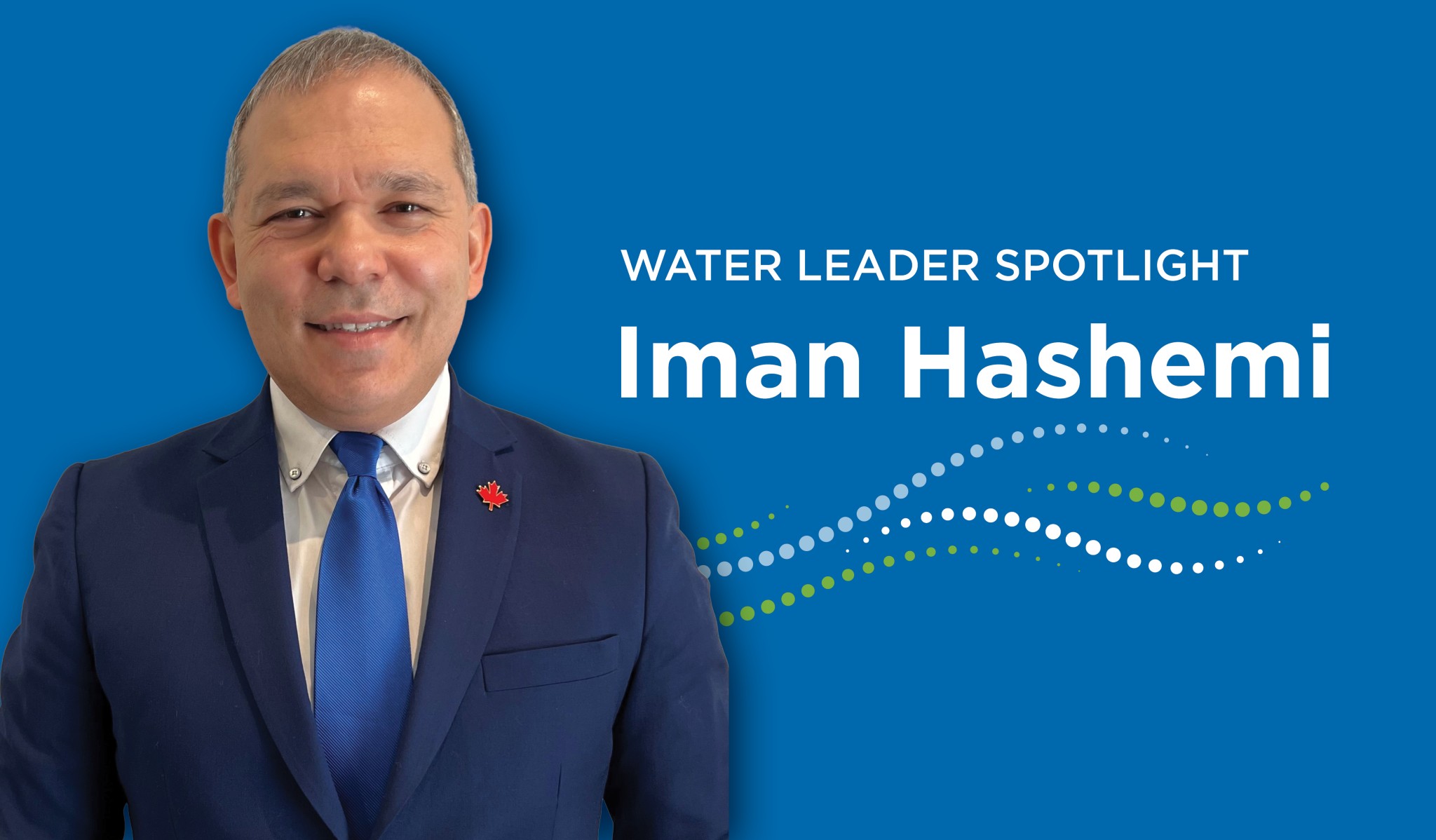Thought leader interview with Peter Gleick, author of The Three Ages of Water
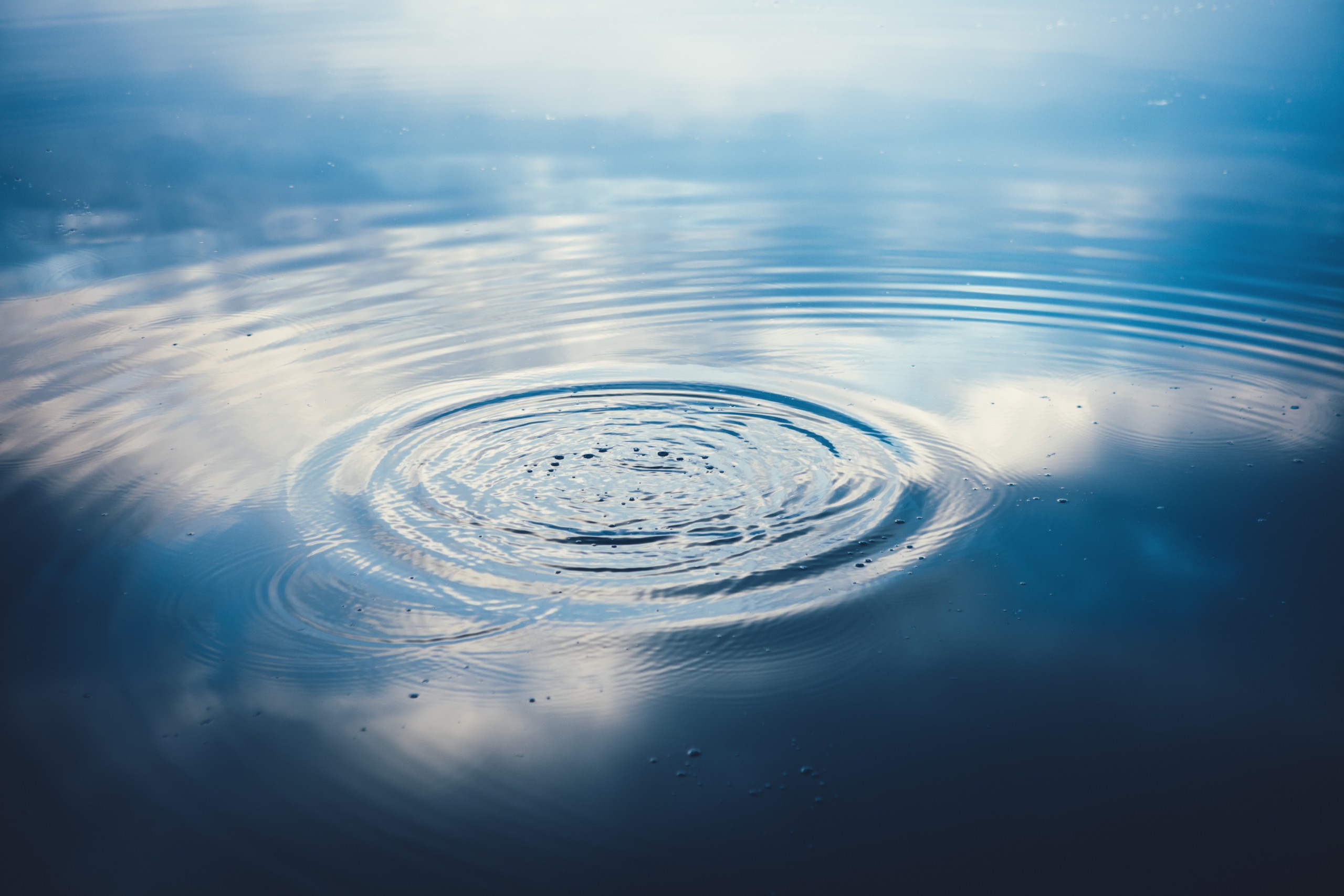
Canadian Water Network (CWN) interviewed Peter Gleick, author of The Three Ages of Water: Prehistoric Past, Imperiled Present, and a Hope for the Future.
What prompted you to write your book The Three Ages of Water?
I’ve worked on water issues my entire career. With the Pacific Institute, we’ve been looking at water and sustainability, water and climate, water and conflict, water as a human rights, a wide range of the issues that I know we all care about. This book is a synthesis of those challenges.
It’s also my attempt at a synthesis of the human history of water. The book includes stories about how we got to where we are today and the state of the current water crises we face. But The Third Age of Water is also my vision for a positive future, which is not only urgent but achievable. I wanted to put down my thoughts about how we cannot wallow in the misery of the water crises we face but rather move forward toward the solutions that are out there.
How would you characterize how we relate to water in this current Second Age of Water?
Many people care about water. Water is up at the top of every public opinion poll. But there is a disconnect between how much people care about water versus how much they know about water. We’re often ignorant about how central water is to our daily lives, to the food we eat, to the goods and services that we demand and consume. That is why education around water is so important for helping us address the challenges that we’re facing.
I talk about how water is central to ancient creation stories and myths that we all grew up with, whatever our cultural background. That’s because earlier communities, including Indigenous communities, lived much closer to the land, the water and the environment. These creation stories helped them understand the value of water and to integrate it into their ways of living.
Modern societies are more disconnected from where the water comes from, what it means to us, and the importance of water for human health and ecosystems. The positive news is we are becoming more aware of those connections. That’s one of my reasons for optimism.
You say in your book that the seeds of the soft path, the Third Age, have already been sown. What new thinking and new approaches do our societies have to adopt to accelerate us down this path?
As I describe in the book, we are in a state of transition from where we are today, at the end of the Second Age of Water, towards a Third Age of Water, which could be a dismal future but doesn’t have to be, depending on the choices we each make. The path to a positive Third Age of Water is not guaranteed. It depends on our ability to understand the challenges, and to tap into the innovative things that are happening, the soft path approaches that are shifting away from the idea that the solution to our water problems was more supply. Instead, we can become more efficient at doing the things we want with less water, grow more food with less water, flush our toilets and wash our clothes and dishes with less water, make our goods and services more efficiently.
We can find new sources of water supply that don’t require tapping into overtaxed groundwater or over-extracted rivers, by treating and reusing wastewater more efficiently and more carefully, something that’s already happening in Singapore and Israel and parts of the western United States. Desalinization of seawater is an option. It’s expensive and has its own environmental challenges, but it doesn’t require draining overtapped rivers and aquifers.
One of the great challenges in this transition is shifting away from the idea that there’s always some more supply that could be found, another river that could be tapped, a pipeline that could be built from the Great Lakes, the western United States or from the Mississippi River, or tankers of water can be shipped across the ocean. That mentality misunderstands the value of water ‘in-place,’ where it is. It misunderstands the cost of moving water from one place to another. It fails to understand the ecological values of water that we’re finally beginning to understand, and so the idea that there’s always another source of supply, all we have to do is find more supply, that’s the old ‘Second Age’ way of thinking and it’s part of what has to change.
The good news is that there is also a new movement called Corporate Water Stewardship where corporations are beginning to understand the risk they face if they don’t manage water carefully, including reputational risk and economic risk. Some large global corporations are recognizing the advantages of managing water more sustainably in the communities where they operate. They are trying to understand their water footprint, to track and measure their own water use and set standards for improving efficiency of water use, to work with communities, to reduce the implications of their water use for local watersheds.
As a part of this, the Pacific Institute serves as the science secretariat for the UN CEO Water mandate. More than 200 major corporations, some of the biggest corporations in the world, have signed on at the CEO level to deal with this question of water stewardship and to manage their approach to water.
That’s part of the transition, this new path forward where the corporate sector will be an important player in this as well. We have to encourage the good ones and discourage the bad ones.
A key to this future must also be a rethink of our institutions, of our economics. Modernizing and reforming our water institutions is critical, but a difficult challenge. We have to think about and manage water and food and energy and climate together in an integrated fashion because the strategies that we would implement if we acknowledge the links among these issues are different than the strategies we’re implementing now. For instance, stop subsidizing bad water policies that increase greenhouse gas emissions; or agricultural policies that deplete non-renewable groundwater. Invest in good things, like restoring ecosystems, like meeting basic human needs for people. All of those are elements of the soft path.
What do you see as the likely consequence of geographic areas reaching peak non-renewable water?
I wrote a paper number of years ago with a colleague, Meena Palaniappan, called Peak Water that argues that we’re running into limits on what we’re able to do with the water resources we have. Water is a renewable resource in the sense that the hydrologic cycle refills our rivers every year. It rains, there’s runoff, it evaporates back to the atmosphere. It rains again. That’s the hydrologic cycle.
But peak renewable water is the idea that even with a renewable resource, once you’re taking the entire flow of a river, for example, you can’t have anymore. And many of our rivers are overtapped. But some of our water resources are non-renewable, like fossil fuels. In particular, some of our groundwater resources are recharged slowly over thousands of years and they’re like a non-renewable resource. When we pump them out and levels drop, you ultimately can’t afford to pump them anymore, they disappear. A very substantial fraction — as much as a third of global food production — depends on non-renewable groundwater resources.
That’s a peak constraint for us. We have to find a solution to that problem. We have to make those resources more renewable. Let nature recharge them. Change the way we grow crops. Change the way we extract water from groundwater systems. If we don’t address this peak non-renewable problem, we’re going to see serious disruptions to food supply and water supply in the future. We all should care about this. Because we’re all dependent on those systems.
When you look at what’s happening in the southern U.S., in Spain, and elsewhere, these major exporters of agricultural produce on which the world depends are now struggling with water availability.
I don’t know if people understand how carefully balanced the global food system is right now. The difference between supply and demand is very small and minor disruptions can have enormous consequences for food production, food prices, poverty, and social disruption. Climate change is a critical piece of that, as is conflict. You look at the terrible war in in the Ukraine. Last June the Kakhovka dam and reservoir was destroyed, which cut water supply to more than 500,000 hectares of land. Ukraine is a big breadbasket for world food exports and that’s a huge amount of land that’s come out of production because the water supply now is not available. These kinds of disruptions ripple across the world and they’re going to get worse if we don’t get climate and security under control.
In your book you talk about the connection between water and energy, right down to individual households.
Water and energy are very closely connected. It takes a lot of water to produce the energy we need, from hydropower, energy from fossil fuels, cooling nuclear plants. It also takes a lot of energy to produce and treat and distribute water and collect and treat wastewater, and to heat the water we use in our houses. Anything that we can do to reduce the energy footprint of water reduces costs and greenhouse gas emissions. In the U.S., we have water-efficiency standards for washing machines and dishwashers that have made appliances you buy today much more water efficient than they were 20 years ago. And that adds up to both water savings and energy savings because you’re saving a lot of hot water. These kind of integrated policies and actions can be very effective solutions.
Can you comment on the moral and ethical aspects of our relationship with water?
I did a lot of work in the ‘90s and the early 2000s on the human right to water. I wrote one of the first papers about the human right to water from a legal perspective, and then worked with international organizations in the UN up to the 2010 declaration of the Human Right to Water by the General Assembly and the UN Human Rights Council.
How we put this right in into practice is still is part of the debate, but there’s absolutely an ethical part of our relationship with water that we either need to relearn or learn anew. It’s about the way we treat the environment and the way we treat populations who don’t have access to basic human needs.
I described in the book that the biggest water crisis we face is the failure to provide more than two billion people worldwide with access to affordable, safe water and adequate sanitation. It’s absurd that it’s the 21st century and everyone doesn’t have access to those things. Meeting these needs doesn’t require magic new technology, or even a lot of water or money. It requires commitment and will on the part of governments and individuals and communities and corporations to meet that objective, which of course is one of the targets of the Sustainable Development Goal #6, which calls for the provision of 100 percent of the world’s population with safe water and sanitation. That’s an ethical issue above all.
Any final comments?
I want to make it clear to those reading this interview that the future depends on choices we make today. The good news is there are choices out there that lead us to a soft path for water, to the positive vision and future I lay out in the book. We just have to make sure we’re educated about those choices and make sure we and our politicians and our communities make the right ones.






